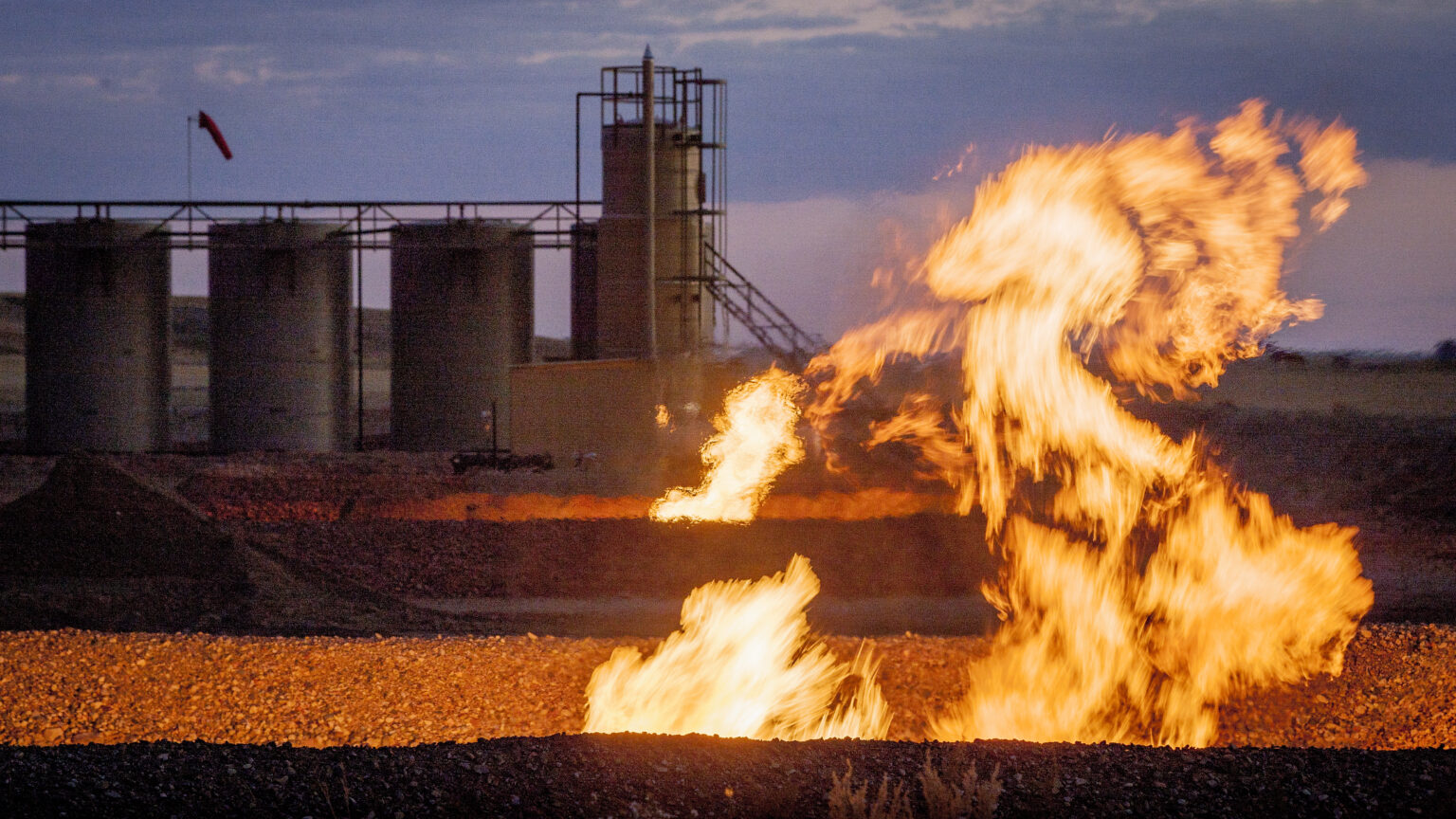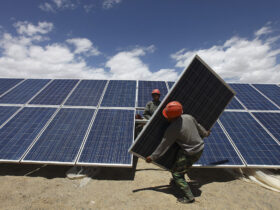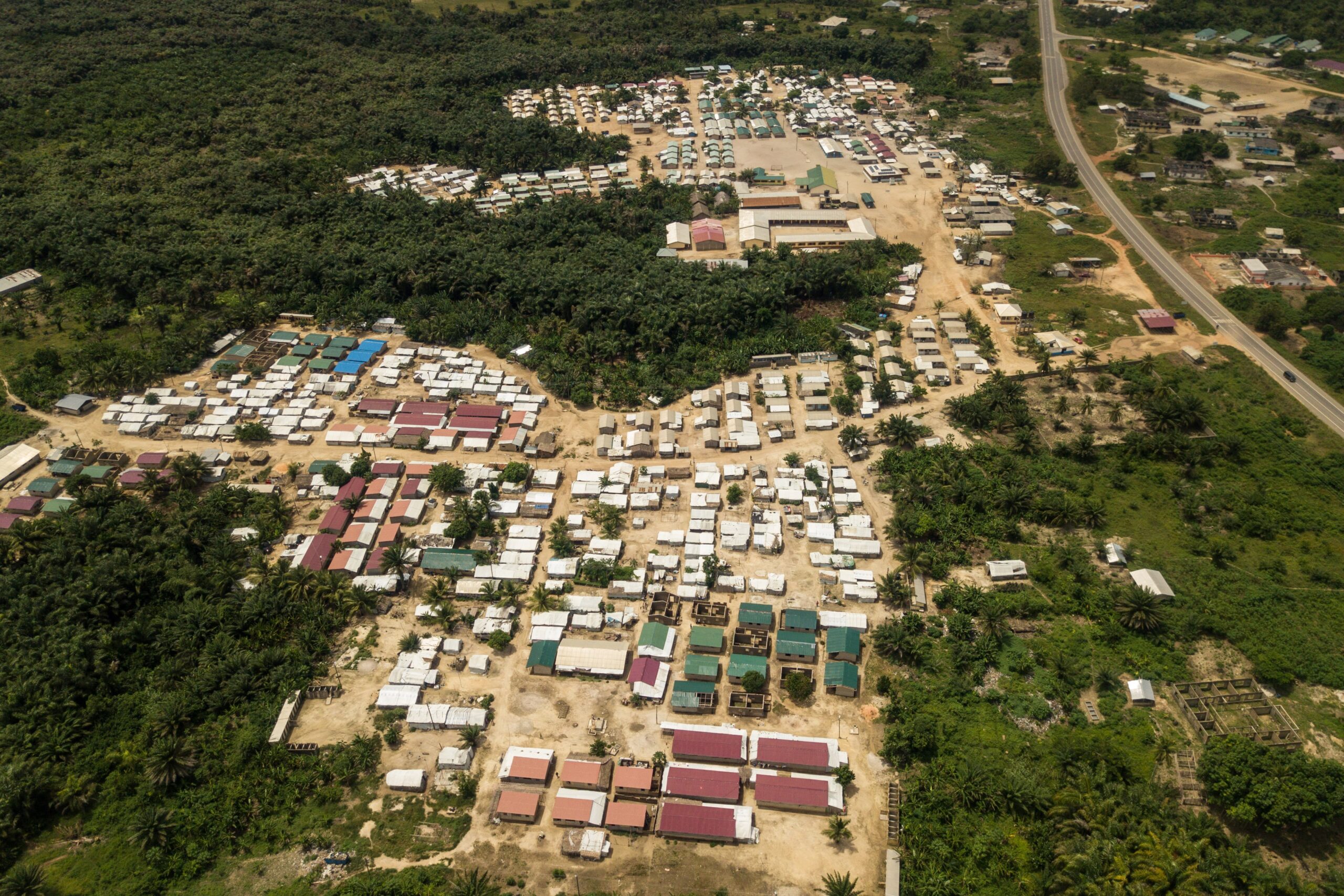

According to the International Energy Agency’s (IEA) most recent Global Methane Tracker report, methane emissions from the energy sector remained around an all-time high in 2023, with over 120 million tonnes ascribed to fossil fuels and an extra 10 million tonnes from bioenergy.
Despite this, recent policy initiative and agreements at the COP28 climate summit suggest a potential reduction in emissions.
The United States, Russia, and China were identified as the top contributors, with the former two dominating oil and gas emissions and China leading in coal emissions.
The report highlights the crucial need for a 75% decrease in fossil fuel-related methane emissions by 2030 to meet the Paris Agreement’s 1.5°C warming target. The International Energy Agency considers this significant reduction to be essential to avoid dangerous levels of climate warming.
“A 75% cut in methane emissions from fossil fuels by 2030 is imperative to stop the planet from warming to a dangerous level,” remarked IEA Executive Director Fatih Birol.
The aftermath of COP28 saw nearly 200 governments committing to substantial methane emission reductions by 2030. This surge in ambition is complemented by regulatory measures from Canada, the European Union, and the United States, and the launch of the Oil and Gas Decarbonisation Charter. Notably, if all current pledges are fully realized, a 50% reduction in methane emissions from fossil fuels could be achieved by 2030, although many pledges lack detailed implementation plans.
The energy sector’s role as a key methane emitter highlights the importance of controlling these emissions. With methane being a strong greenhouse gas, lowering emissions is a cost-effective technique for combating global warming and improving air quality. The IEA notes that 40% of the sector’s methane emissions in 2023 might have been avoided at no net cost, emphasising the economic viability of emission reduction initiatives.
Source: Energy Ghana















Leave a Reply